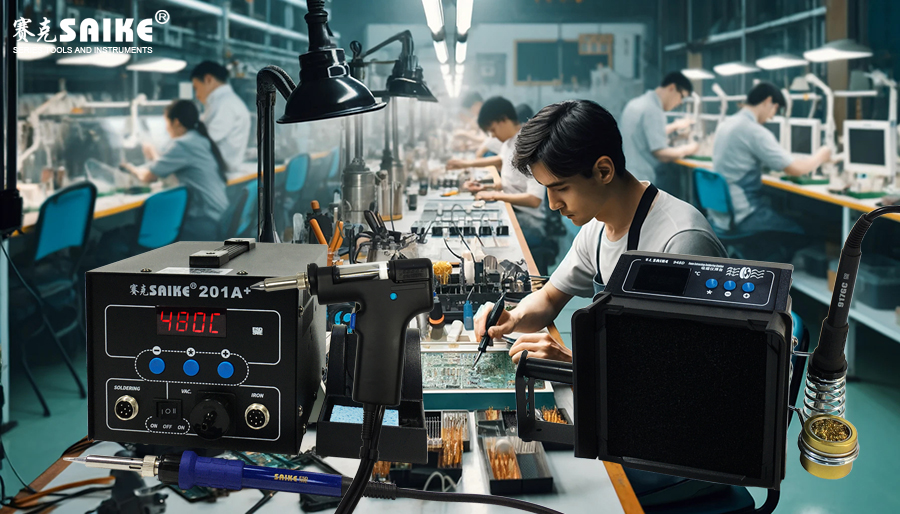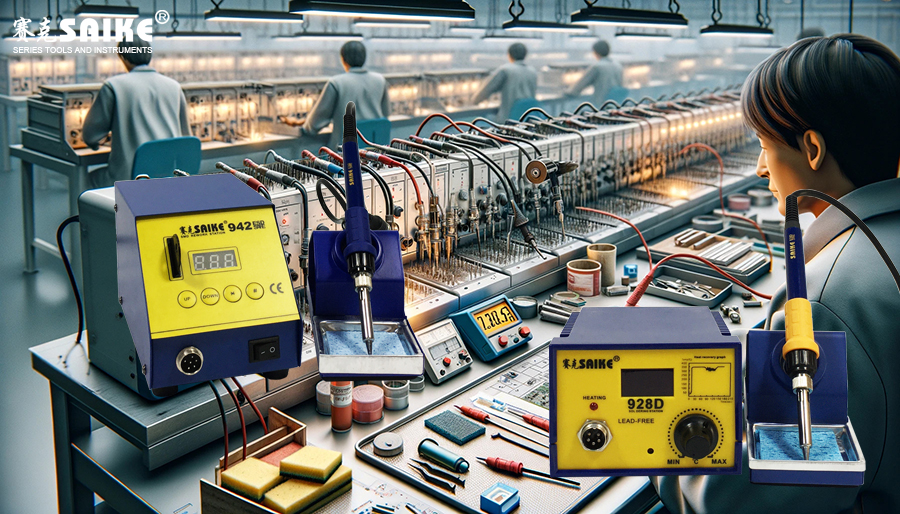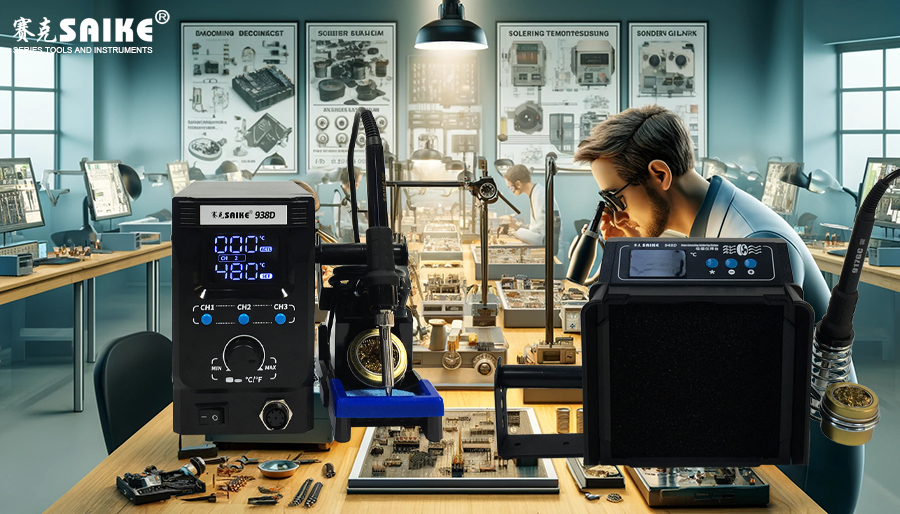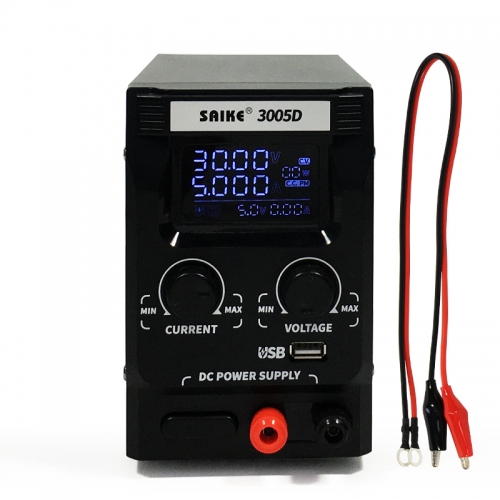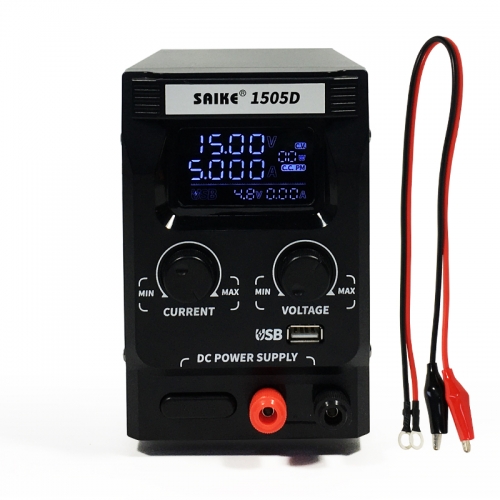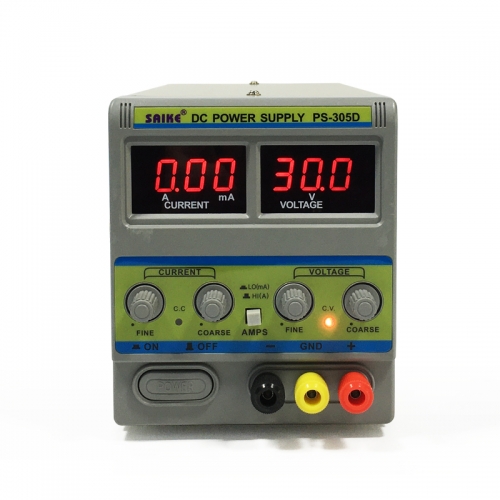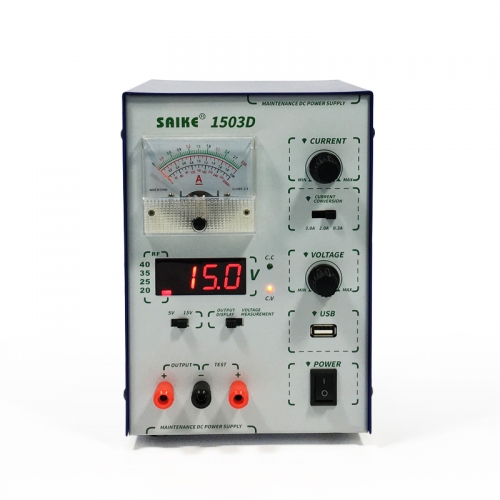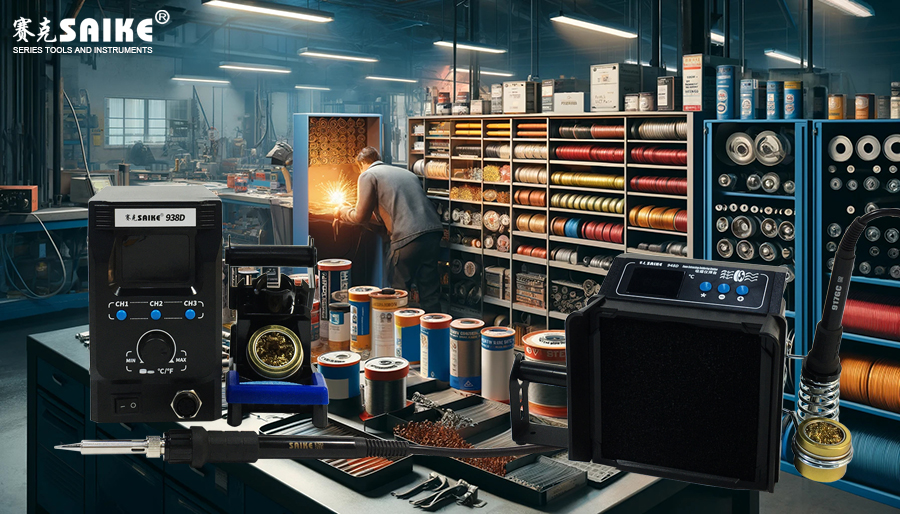
In the welding process, welding rods and wires are crucial materials. They not only affect the quality of the weld but also directly relate to welding efficiency and cost. Therefore, it is essential for welders to understand the different types of welding rods and wires and their characteristics.
I. Types and Characteristics of Welding Rods
- Sodium Hydride Welding Rods:
- Alkaline Welding Rods:
- Iron Oxidant Welding Rods:
II. Types and Characteristics of Welding Wires
- Solid Welding Wires:
- Flux-Cored Welding Wires:
- Active Welding Wires:
In addition, most welding wires on the market are rolled welding wires, including non-ferrous metal welding wires, stainless steel welding wires, carbon steel welding wires, alloy structural steel welding wires, low-alloy structural steel welding wires, etc. These welding wires have good conductivity and welding performance and are widely used in various welding occasions.
III. Summary
Understanding different types of welding rods and wires and their characteristics is crucial for selecting suitable welding materials and ensuring welding quality. When choosing welding rods and wires, it is necessary to comprehensively consider factors such as material characteristics, welding requirements, working environment, and cost. Meanwhile, with the continuous development of welding technology, new types of welding rods and wires will continue to emerge. Welders need to continuously learn and update their knowledge to adapt to new welding needs and challenges.

